In 2015, SaaS cloud-based content management tool Box went public. Since then, their growth has been impressive, but it hasn’t always been steady. Especially with the pandemic, Box—like many other SaaS companies—saw a decline in growth year over year. But this year, they’ve had three consecutive quarters of growth. How did they turn their growth rates around?
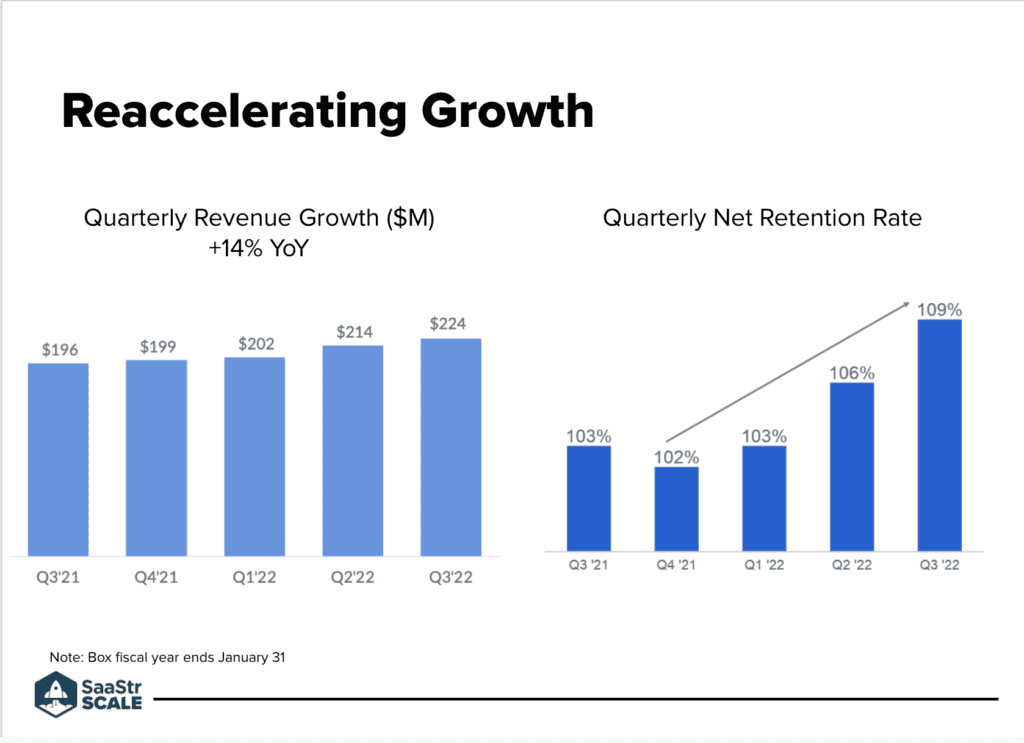
Mark Wayland, CRO of Box, discusses Box’s journey to reaccelerate their growth, what made them successful, and the lessons he learned along the way.
1. Master your messaging.
When Box was looking to reaccelerate and reinvigorate our growth, the first place we looked was our messaging. We restructured all of our messaging around our Content Cloud to create a simplified go-to-market message that says what it does, and does what it says.
Once we finalized this messaging, we shared it with every team at Box so everyone used shared language in all of their communications, both internally and externally. The product roadmap aligned with this messaging, too. What this said to our target audiences is: “This is who we are and the benefits we can give you.”
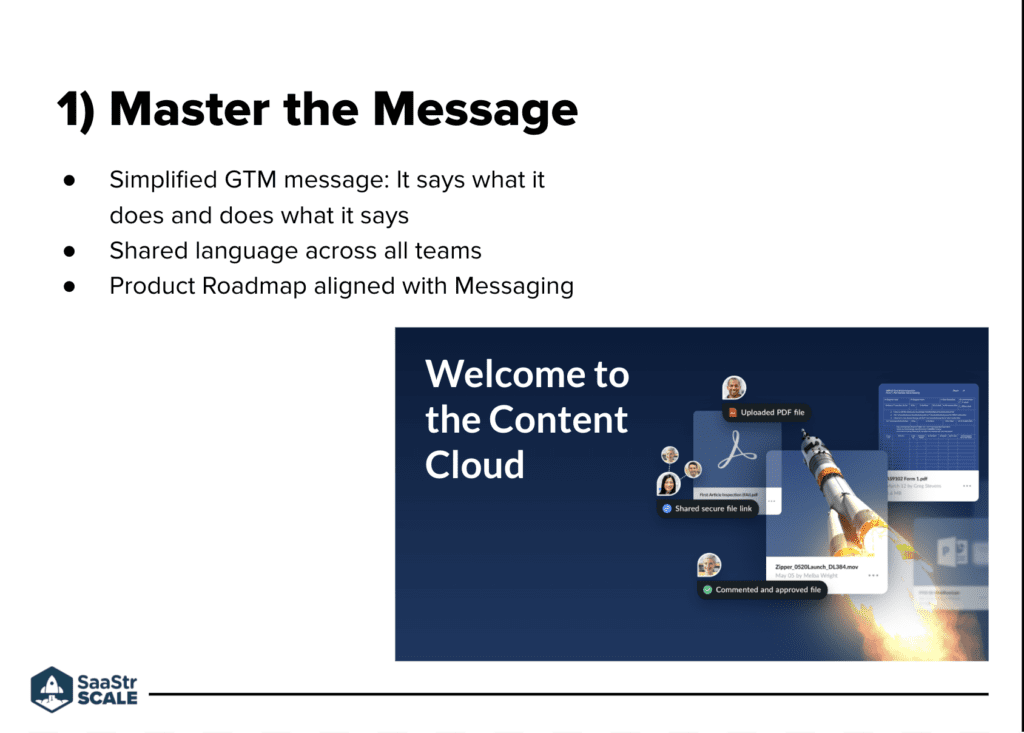
2. Make the move to multi-product.
At Box, we’ve found a lot of success in getting customers to adopt new features within Content Cloud. So far in FY2022, 62% of our total revenue came from customers with more than one Box product, up from 57% in FY2021.
Our goal with multi-product customers is to sell multiple products together that create a win-win for them and their bottom line. Selling something to a customer that they don’t need isn’t something we do, ever.
“What you want in SaaS is big accounts you land and expand with. Sometimes your biggest accounts will start small with a phased approach. You want to make them wildly successful over time so they become a big account out of necessity.”
When entering upsell conversations, we’ll look at the user base for different product behaviors to determine who has a higher propensity to buy our new product offerings. To have a successful multi-product model, you need to know why your customers come to you in the first place in addition to why they leave.
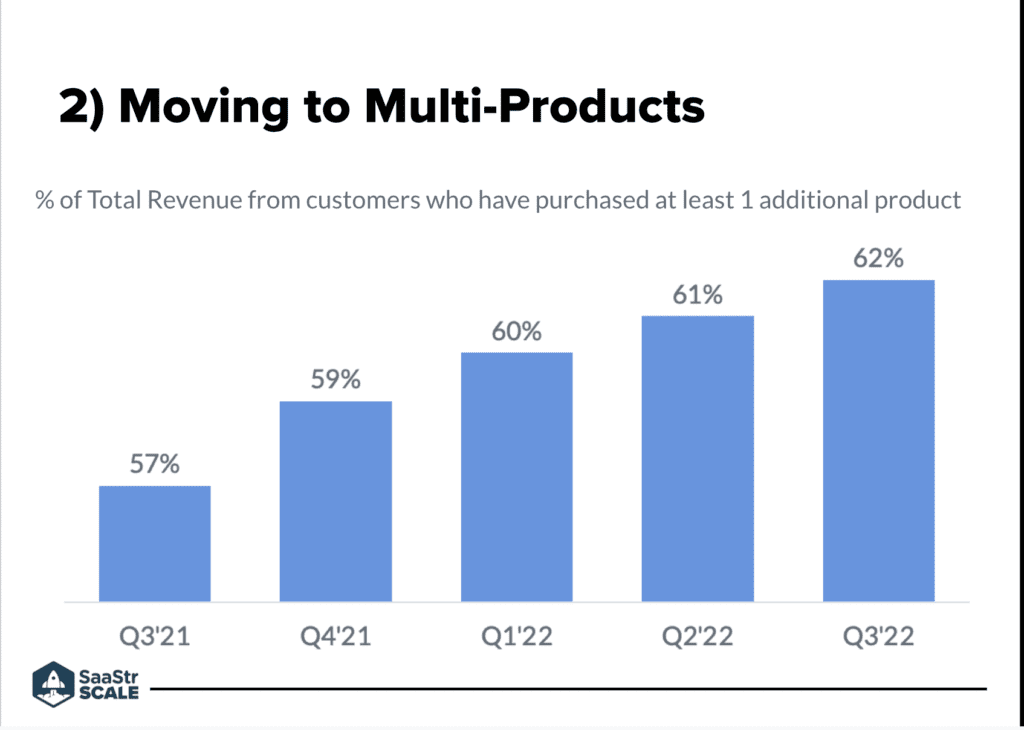
3. Go big or go home.
We put a lot of focus on driving larger deals and big accounts. That doesn’t always mean massive deals upfront, though. Companies that spend $500k with us in their first contract may or may not churn down the road, but companies that slowly increase their spend year over year are much more likely to stay with you in the long run, ultimately bringing you more revenue.
What you want in SaaS are big accounts that grow over time and remain loyal to your product and your brand—companies that see your value in their continued success. Those customers will always renew at higher rates because they can see what the partnership brings to them.
“The customer that buys in $100K bites may end up being more successful in the long term—because they ramped up their deployment—than the customer that takes on so much upfront due to budgetary or political reasons.”
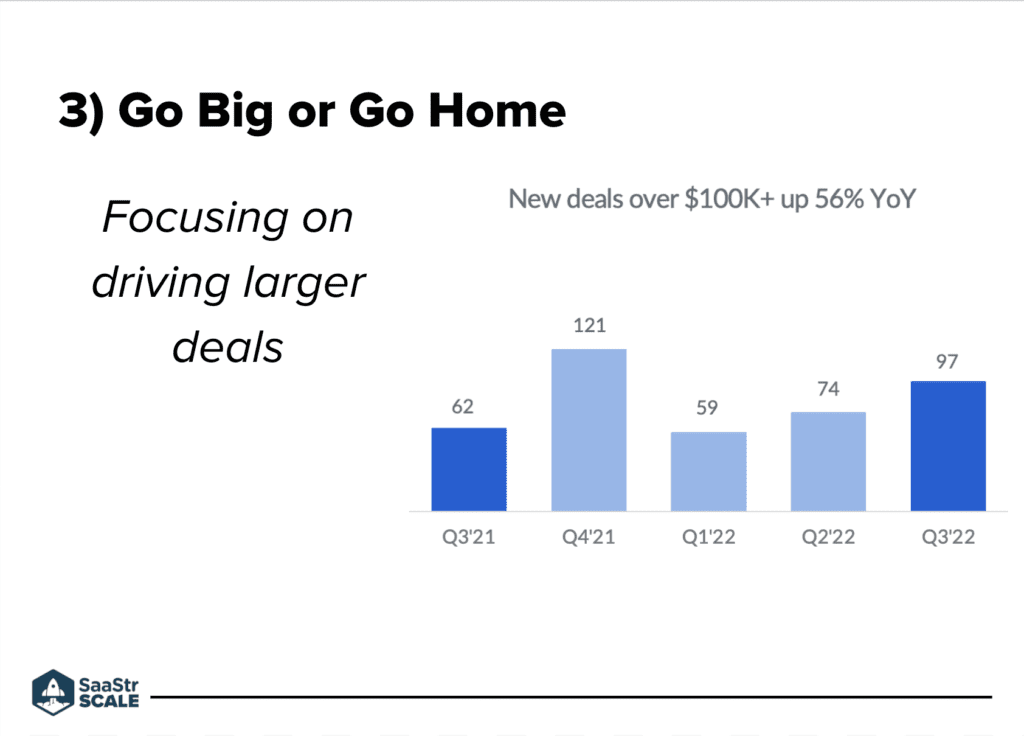
4. Every customer-facing team is on the renewals team.
There’s no denying that renewals are the most important motion in SaaS and subscription. At Box, there was a culture and mindset shift early on that customer-facing teams shouldn’t live in silos. Every customer-facing team is on the renewals team: customer success, sales, product, customer support, marketing, and of course, renewals.
“We’re about the customer being successful, not about pushing the customer to buy more than they’re ready for or than they need. If you get a customer to buy more software than they’re ready to, you may be excited when you ring the bell, but you’re going to pay later.”
As one unified renewals team, we’re able to provide a cohesive experience for our customers and get a real look into their needs and wants. This approach towards sales has been wildly effective, especially over a more antagonistic approach of pushing customers to spend the maximum amount of money with you, regardless of their needs.
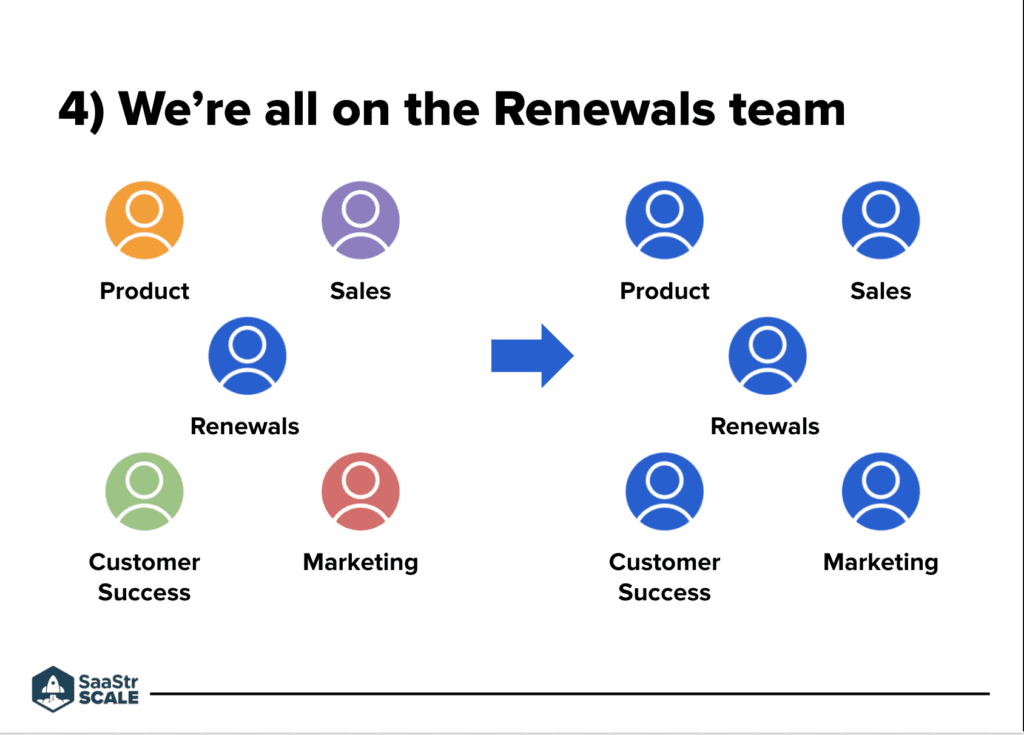
5. Maximize and optimize for Account Executive productivity.
If you don’t make your sales reps successful and give them room to be productive and efficient, you won’t keep your reps around for long. A higher attrition rate on your team means a messier mix of ramped reps and ramping, new reps. Without seasoned salespeople on your team, it’s going to be harder to reaccelerate your growth—focus on empowering them at work to do their job and rework your hiring rubric to get the reps you want in the door from the very beginning.
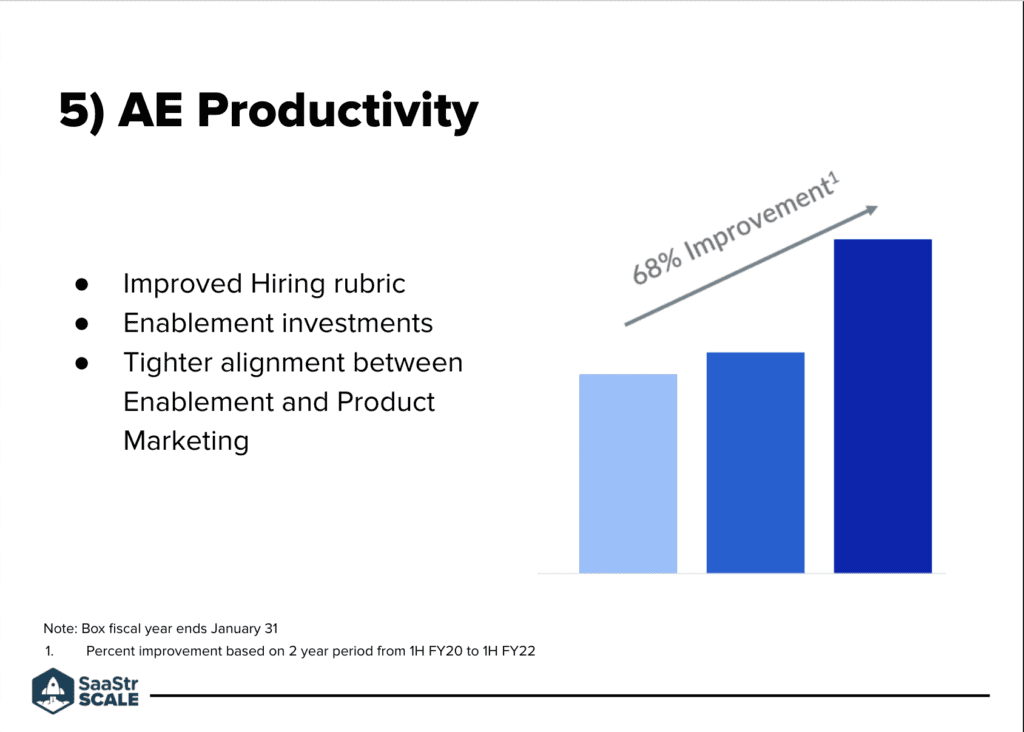
“Improvements for a sales team and process are a ‘no finish line’ business. That work is never done. We can always do better with how we orchestrate our repeatable sales motions.”
Key takeaways
If growth is a problem at your company, you need to find the root cause. It may not be a sales problem—or sales might not be the only problem. You’ll need to find the cause and get full team alignment with that problem to fix it.
When it comes to your sales team, productivity is paramount. If you don’t have high-performing reps, a high participation rate, or high productivity rates, then you’ll have high attrition in your sales organization. Driving performance and accelerating growth depends on fully ramped sales reps that are productive at high rates to both move the company forward and inspire newer team members.
You can listen to the full talk with Mark Wayland or subscribe to weekly updates from SaaStr.

